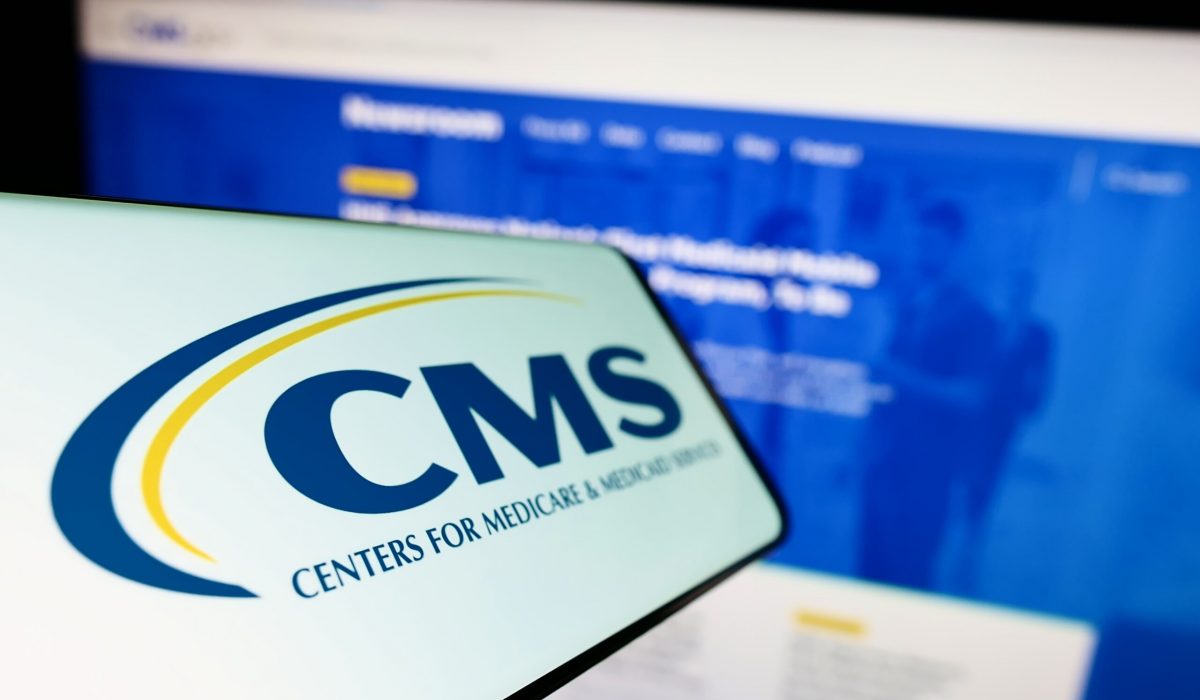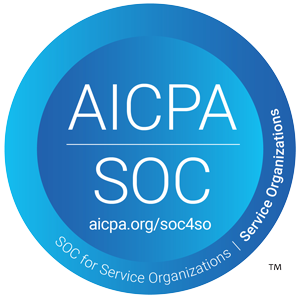On July 14, 2025, the Centers for Medicare & Medicaid Services (CMS) issued its CY 2026 Medicare Physician Fee Schedule (MPFS) Proposed Rule. The final rules are expected to be issued in early November. Comments are due to CMS by September 12, 2025.
Key takeaways include:
- Increase of conversion factor to $33.59 for qualifying alternative payment model (APM) participants and $33.42 for nonqualifying practitioners.
- Efficiency adjustments to the work RVU and corresponding intraservice portion of physician time and non-time-based services.
- Updates to the practice expense methodology, including use of data from auditable, routinely updated hospital data to set relative rates.
- Various telehealth proposals, including permanent adoption of a definition of direct supervision allowing physicians/supervising practitioners to provide supervision through real-time audio and visual telecommunications (excluding audio-only).
- Guidance for drug reimbursement and 340B pricing, including rebate capture methodology and confirmation that units sold at maximum fair price (MFP) are included in the average sales price (ASP) calculation.
Advis summarizes the key components in more detail below.
- CY 2026 MPFS Rate Setting and Conversion Factor
As required by statute, the proposed rule provides for two separate conversion factors: one for qualifying alternative payment model (APM) participants (QPs) and one for physicians and practitioners who are not qualified participants. The proposed qualifying APM conversion factor is $33.59, an increase of 3.83%. For nonqualifying practitioners, the proposed conversion factor is $33.42, an increase of 3.62%.
- Alternate Methods for Efficiency Adjustments
CMS has historically relied on survey data to estimate practitioner time, work intensity, and practice expense for the purpose of establishing RVUs for the codes used for payment under the MPFS. CMS is proposing to apply an efficiency adjustment to the work RVU and corresponding intraservice portion of physician time of non-time-based services. CMS proposes to use a sum of the past five years of the Medicare Economic Index (MEI) productivity adjustment percentage to calculate this efficiency adjustment. The MEI is a measure of inflation faced by physicians with respect to their practice costs and general wage levels. The MEI includes inputs used in furnishing physicians’ services such as the physician’s own time, non-physician employees’ compensation, rents, medical equipment, etc.
- Alternate Methods for Physician’s Practice Expense
CMS primarily relies on the AMA’s Physician Practice Information (PPI) Survey data from 2008 that measures specialty-specific practice costs. That survey data was updated; however, CMS is proposing updates to its practice expense methodology to better reflect current clinical practice. Specifically, CMS is proposing to use data from auditable, routinely updated hospital data (i.e., from the Medicare Outpatient Prospective Payment System (OPPS)) to set relative rates. For CY 2026, CMS proposes to use this data in setting rates for radiation treatment services, and for some remote monitoring services.
- Telehealth Services under the MPFS
CMS has several telehealth proposals including:
- Streamlining the process for adding services to the Medicare Telehealth Services List.
- Simplifying the review process by removing the distinction between provisional and permanent services and limited review on whether the service can be furnished using an interactive, two-way audio-video telecommunications system.
- Permanently removing frequency limitations for subsequent inpatient visits, subsequent nursing facility visits, and critical care consultations.
- For services required to be performed under direct supervision of a physician or other supervising practitioner, to permanently adopt a definition of direct supervision that allows the physician/supervising practitioner to provide supervision through real-time audio and visual interactive telecommunications (excluding audio-only). Except for services that have a global surgery indicator of 010 or 090, CMS proposes that a physician or other supervising practitioner may provide such virtual direct supervision for applicable incident-to services under § 410.26, diagnostic tests under § 410.47, and cardiac rehabilitation and intensive cardiac rehabilitation services under § 410.49.
- Transition back to pre-pandemic policy which requires that, for services provided within metropolitan statistical areas (MSAs), teaching physicians must maintain physical presence during critical portions of resident-furnished services to qualify for Medicare payment.
- Average Sales Price: Units Sold at Maximum Fair Price
CMS clarified and largely confirmed an expected requirement that units of selected drugs sold at the maximum fair price (MFP), including the 10 drugs selected under the IRA for 2026, are included in the calculation of the manufacturer’s average sales price (ASP). This will decrease reimbursement and impact any ancillary agreements that may be tied to ASP pricing. Since reimbursement for those drugs is defined in the IRA, this impact is not significant for the traditional Medicare patient population.
- Exclusion of 340B Acquired Units from Part D Rebatable Drug Requirements
CMS has also proposed a variety of options to navigate the rebate mechanism established under the Inflation Reduction Act. The Act requires that “beginning with plan year 2026, CMS shall exclude from the total number of units for a Part D rebatable drug, with respect to an applicable period, those units for which a manufacturer provides a discount under the 340B.” However, the design implementation to manage this process, as proposed, is complex and difficult to validate. Originally, CMS considered an estimation-based method using the proportion of 340B purchases from the 340B Prime Vendor Program (PVP) relative to total sales data from the Medicaid Drug Rebate Program (MDRP). However, due to data limitations and stakeholder concerns, this estimation method was abandoned. The three options proposed in this year’s rule are as follows:
- Prescriber-Pharmacy Methodology
- Beneficiary-Pharmacy Methodology
- Repository Model – Covered Entity Upload Methodology
A summary of the models and the associated concerns are identified below:
- Prescriber-Pharmacy Methodology – Uses Prescription Drug Event (PDE) records to determine if (1) the prescribing provider is affiliated with a 340B-covered entity and (2) the dispensing pharmacy is a registered 340B contract pharmacy. If both criteria are met, the associated units will be excluded from rebate calculations. CMS acknowledges limitations with this method, such as instances where 340B replenishment may not occur due to manufacturer restrictions or insufficient accumulations. This model is largely expected to overestimate 340B claims.
This method relies on linking PDE records to prescribers affiliated with 340B-covered entities and to contract pharmacies registered in HRSA’s 340B Office of Pharmacy Affairs Information System (OPAIS). Specifically, CMS crosswalks NPIs from PDE data to Medicare Provider Numbers (MPNs) used in claims data, which are then matched against 340B-registered entities. Pharmacies are similarly matched using address and name fields between OPAIS and the NCPDP database, employing “fuzzy matching and geocoding” (and to some extent manual intervention). A PDE record meeting both criteria—prescriber NPI affiliated with a 340B entity and dispensing pharmacy NPI listed as a contract pharmacy—will be deemed potentially 340B-eligible and excluded from rebate calculations.
- Beneficiary-Pharmacy Methodology – Matches beneficiaries receiving care from a 340B entity to claims from 340B contract pharmacies and aims to improve identification by linking beneficiaries who received care from a 340B-covered entity to their pharmacy dispenses. CMS would use claims data to identify beneficiary-Medicare/Medicaid Provider Number (MPN) connections and match these to contract pharmacy data. Though promising, this method may still miss linkages if care is fragmented or if claims lack precise MPN identifiers. CMS anticipates overlap between both methods and is exploring combining them to refine the identification of 340B units. Both approaches face accuracy trade-offs.
CMS acknowledged a significant limitation related to entity-owned (“in-house”) pharmacies that are not registered as contract pharmacies in the 340B Office of Pharmacy Affairs Information System (OPAIS). Specifically, the methodology depends on identifying 340B contract pharmacies through the OPAIS database. However, in-house pharmacies owned and operated by covered entities are typically not listed in OPAIS.
As a result, claims involving in-house 340B dispensing may not be captured by the proposed methodology. This could lead to under-identification of 340B units and thus overstate the total number of units included in the Part D rebate calculation, potentially causing inaccurate rebate amounts.
CMS explicitly acknowledged that this limitation may impact its ability to comprehensively remove 340B units from rebate calculations. To address it, CMS is soliciting comments on how to more accurately account for entity-owned pharmacies in the identification process, and whether additional data sources (e.g., direct NPI matching or repository submissions) could help fill this gap. The requests, depending on the final solution, could cause additional difficulties for covered entities grappling with manufacturer restrictions.
- Medicare Part D 340B Repository – To combat the data issues related to the claims methodology, CMS is seeking to test a voluntary system, starting in 2026, that would permit 340B-covered entities to submit retrospective claims data directly to CMS. Covered entities would provide specific data fields ((1) Date of Service, (2) Prescription or Service Reference Number; (3) Fill Number; (4) NDC-11; and (5) Dispensing Pharmacy NPI) for claims involving 340B drugs billed under Medicare Part D. The data submission would occur on a quarterly basis. CMS believes this repository will allow for more accurate exclusion of 340B units from rebate calculations in later years. Covered entities will be required to certify the completeness and accuracy of submitted data. CMS is seeking feedback on the usability and burden of this reporting mechanism and is developing an Information Collection Request to support the initiative.
Should you have any questions or would like to further discuss the impact of the proposed policies on your healthcare operations, please reach out to Advis at (708) 478-7030 to connect with a consultant.
Published July 21, 2025





